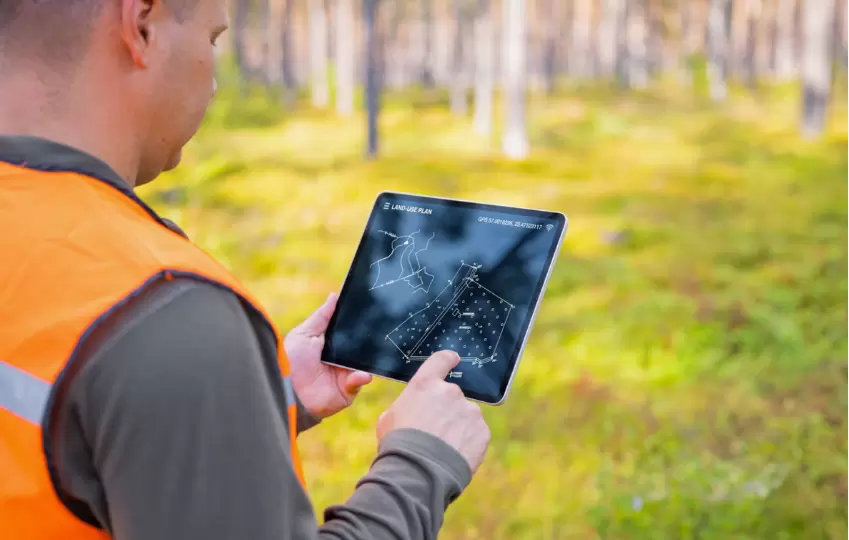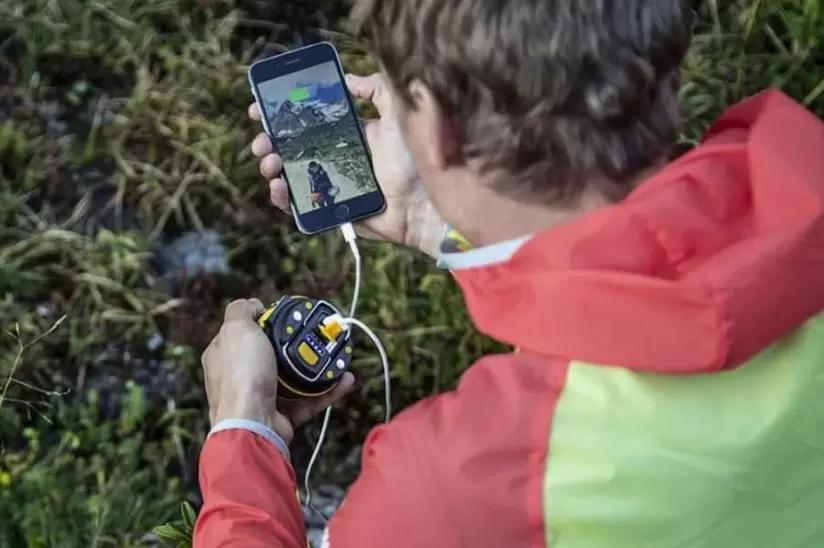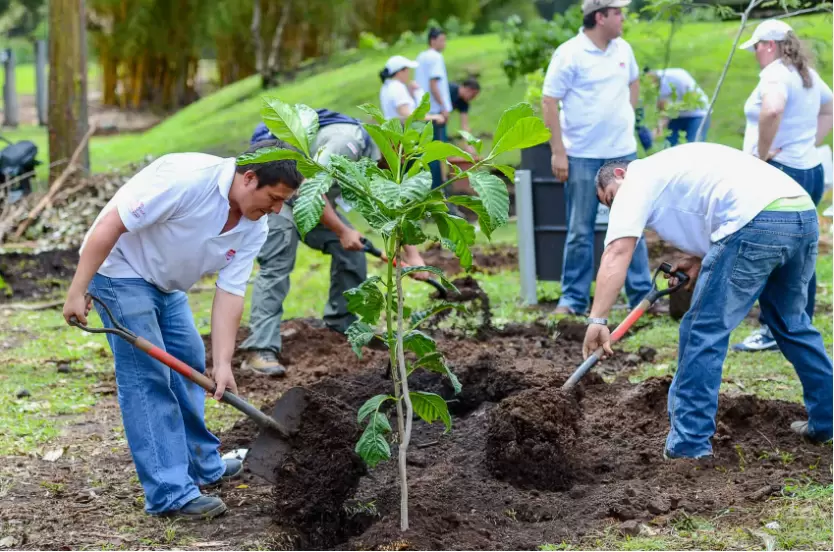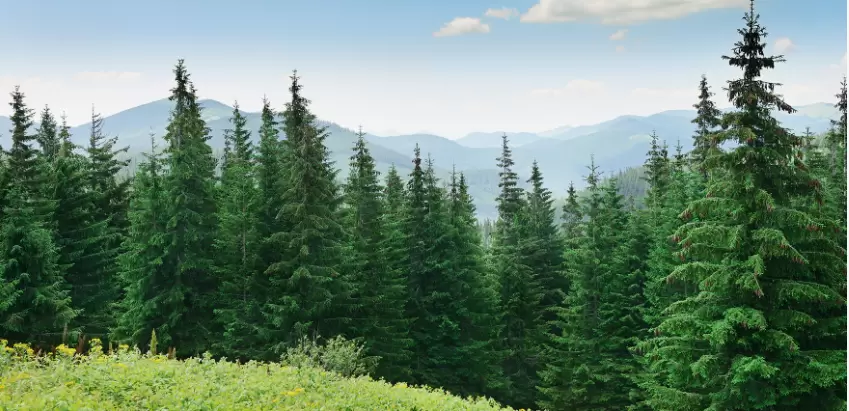As stewards of our valuable woodlands, foresters face complex demanding situations in balancing various wishes. They strive to harvest lumber and paper products while simultaneously protecting biodiversity, mitigating climate change, and safeguarding public access for recreation.
Achieving all these aims demands highly organized, data driven strategies. Thankfully, geospatial technologies now empower foresters with sophisticated mapping and analysis abilities.
The in depth post explores several key applications of geographic information systems (GIS) that revolutionize foresters’ work.
Technology Used by Foresters:
Foresters leverage diverse technologies to resource in their control of woodlands. Geographic records systems or GIS is one of the middle technology that foresters utilize on a each day foundation. As mentioned earlier, GIS lets in foresters to map forest stands, designate zones, and screen conditions over the years.
Similarly to GIS, foresters additionally depend heavily on remote sensing technologies like aerial photography and satellite tv for pc imagery. Those remote sensing technologies provide a chook’s eye view of substantial forested areas.
They allow foresters to survey wide regions for issues like pest infestations or illegal logging. Any abnormalities detected via far flung sensing are then in addition investigated at the floor.
Drones are an emerging far flung sensing technology that some foresters have started adopting as nicely. Geared up with cameras, drones can seize aerial snap shots with even more precision.
They offer close up shots of regions in rugged terrain that had been previously tough to assess from planes or satellites. The detailed drone imagery assists foresters in obligations like monitoring character tree boom and health.
Drones, GIS and other technology fundamentally trade the way foresters do their paintings supporting them to more efficiently manage lots of forested acres. Generation maintains advancing the sustainable control of woodlands.
Strategic Reforestation Planning with Hyper Localized Data:
With GPS enabled devices, foresters precisely log each forest stand’s borders, tree species composition, ages, and conditions directly into GIS based maps.
The hyper localized data at the individual tree level provides an unprecedented view of the entire forest landscape.
Foresters can then strategically plan reforestation wherever harvests occurred by referencing stand specific conditions. Foresters space seedlings of matching species at optimal densities to emulate natural growth patterns and preserve biodiversity.
For example, a 30 acre native pine stand would be replanted predominantly with pine, but other natives like oak may also be included in limited quantities to mimic the mixed composition.
The granular data even allows for minor variations in planting arrangements between microsites depending on soil textures, slopes, and hydrology.
The fine tuning maximizes growth rates and survivability. Seedlings fared 6% better on average when planted tailored to microtopography, according to a Virginia Tech study.
Foresters also leverage technology used by foresters like GPS enabled devices to precisely tag and record location data for each tree.
This allows them to efficiently revisit tagged trees and record diameter and height increases using technology used by foresters such as electronic calipers and height measurement tools.
Foresters also regularly update the maps by inspecting tagged trees and recording their diameter and height increases each year.
The long term growth monitoring aids determining ideal thinning and final harvest periods to concentrate resources on the healthiest specimens while still achieving maximum mean annual increments per acre. Careful stand rotations safeguard against both under and over exploitation of forest resources.
Zone Designations for Multiple Uses:
Beyond just planting and inventory roles, GIS enables intentional zoning. Foresters can designate nature preserves, habitat conservation zones, and controlled burn blocks spatially within the forest layers of the digital map.
The brings order to multifaceted forestland uses. For example, a Minnesota DNR study found recreational trails caused 24% less disturbance damage when thoughtfully routed around sensitive coastal wetland preserves on GIS maps prior to construction.
Intertwining compatible activities mitigates conflicting impacts to encourage overall forest health.
Foresters further identify riparian buffer areas in need of extra protections from development or erosion alongside streams and shorelines.
Ensuring no machinery operates within these delineated protective zones maintains water quality. Property boundaries are also unambiguously demarcated to avoid encroachments or trespassing issues with neighbors.
Remote Sensing for Condition Assessments:
Aerial and satellite imagery integrated into GIS permits periodic “check ups” of entire forest regions. Comparing current aerial photos against historical ones, foresters notice signs of weather events, insect outbreaks, or illegal logging needing attention. Thermal cameras also detect pests beneath the canopy by abnormal heat signatures they trigger.
The ongoing remote monitoring is vital given the scale of most forests. For instance, during an invasive bark beetle epidemic in northern Arizona ponderosa pine stands, aerial surveys revealed over 30,000 infested trees within a year across 90,000 acres, according to the US Forest Service.
Swift treatment efforts guided by the spatial mapping data successfully contained the outbreak before it could potentially spread to the larger region. Early detection often means the difference between minor isolated impacts versus full blown ecological disasters.
Modeling Climate Adaptations:
As temperatures rise and weather patterns shift, species’ suitable geographic ranges will slowly transform too. GIS combines growth datasets with climatic projections to anticipate where tree habitats may emerge over the coming decades.
For instance, in Massachusetts simulations indicate oaks could decline in southern woodlands but expand further northwards into former maple and pine territories by 2100 under a high emissions scenario.
Foresters apply the guidance by diversifying tree selections for regeneration efforts to account for transitions. Carefully assisted migration safeguards resilience against climate threats as environments change more rapidly than natural migration patterns can accommodate alone.
FAQ
Q. What technology do foresters use?
A. Infrared photography, aerial photography, and remote sensing technology.
Q. Which of the following would most likely employ a forester?
A. State governments, lumber businesses, and national governments.
Q. Which of the following is not part of the role of a forester?
A. Determine means for continued growth.
Q. What does Forester stand for?
A. A person trained in forestry.
Q. What is a forester also known as?
A. Forest Officer or Professional Forester.
Conclusion:
Overall, GIS offers a digital “control center” supporting evidence based forest stewardship. The location specific analytics empower foresters with objective insights driving conservation oriented decisions from strategic planting to ongoing monitoring.
Our woodlands utterly rely on foresters’ informed, ecological management now assisted by these powerful geographic technologies. Continued innovation keeps the industry on the forefront of sustainable forestry practices for generations to come.














